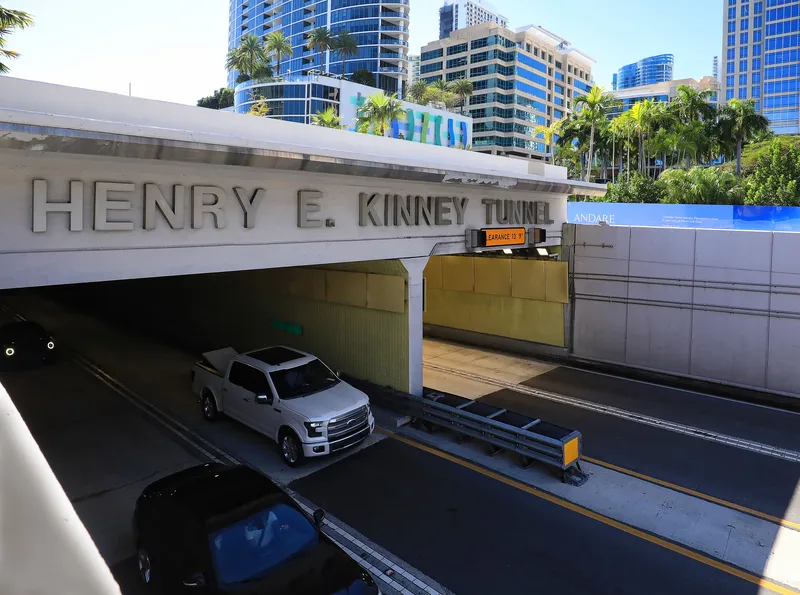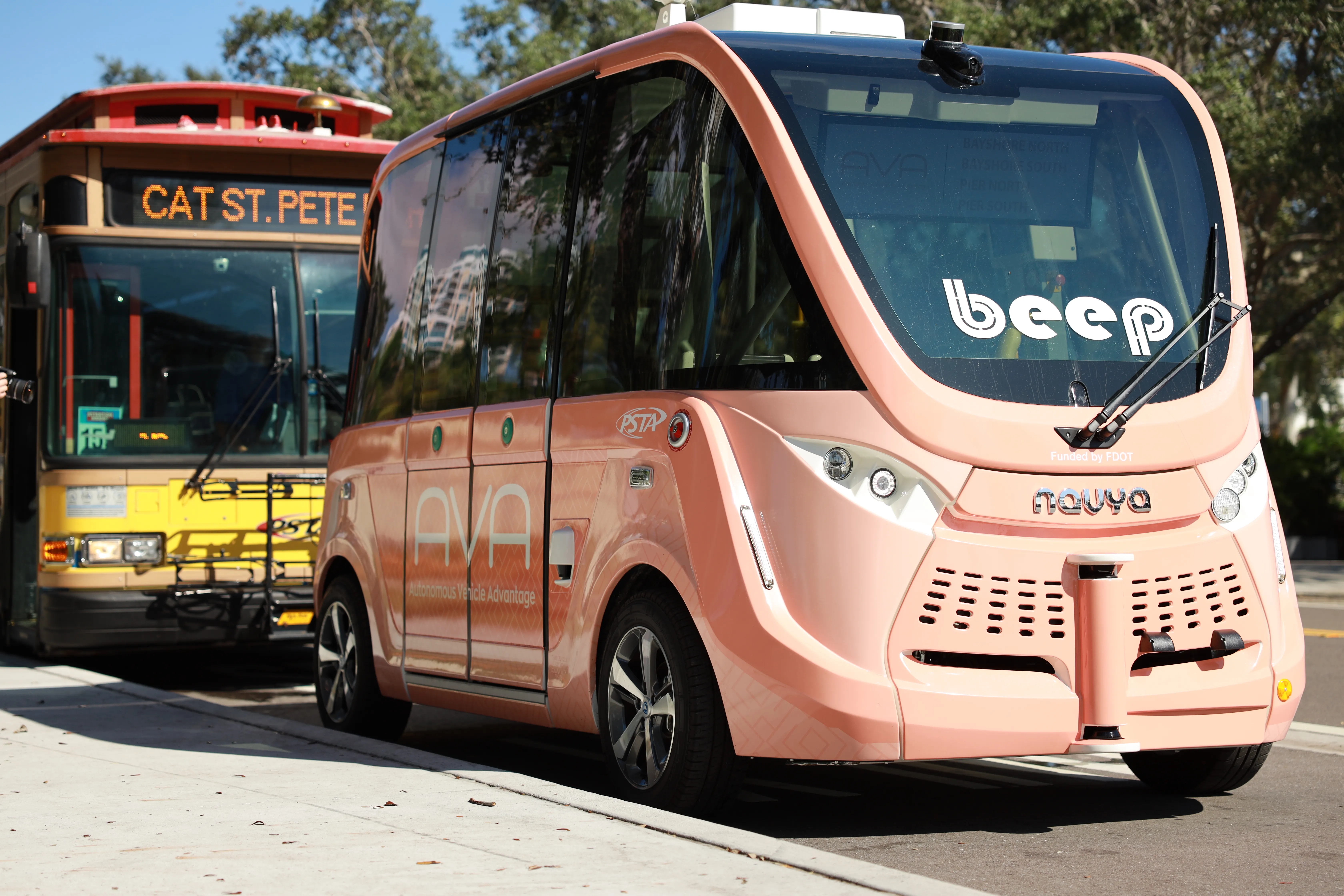
Riyadh's driverless mass transit system is now fully open for riders as planned, says the Royal Commission for Riyadh City (RCRC).
The first three of the six lines in the Saudi Arabian capital opened last year and the final one - the east-west, 41km Orange Line - opened on time this week.
Its stations run from Jeddah Road to the Second Eastern Ring Road, parallel to the Khashm Al Aan in the east, and include An Naseem – an interchange with the Purple Line.
Riyadh Metro is open from 6am to midnight, and tickets are available using the Darb mobile app or via ticket offices and self-service machines at stations.
Separately, RCRC has announced the start of operations of three new stations on the Blue Line (Al Olaya – Al Batha Axis): Al Murooj, Bank Al Bilad, and King Fahad Library.









